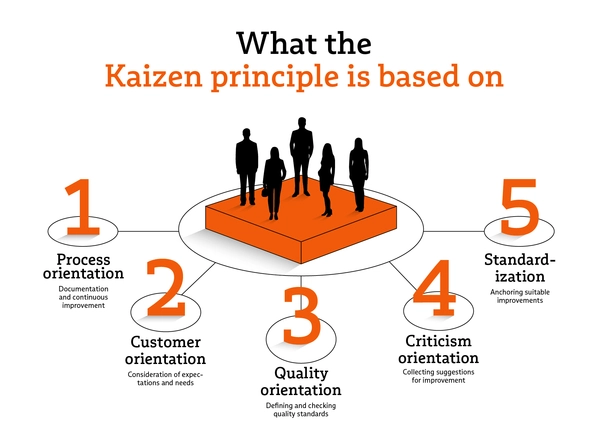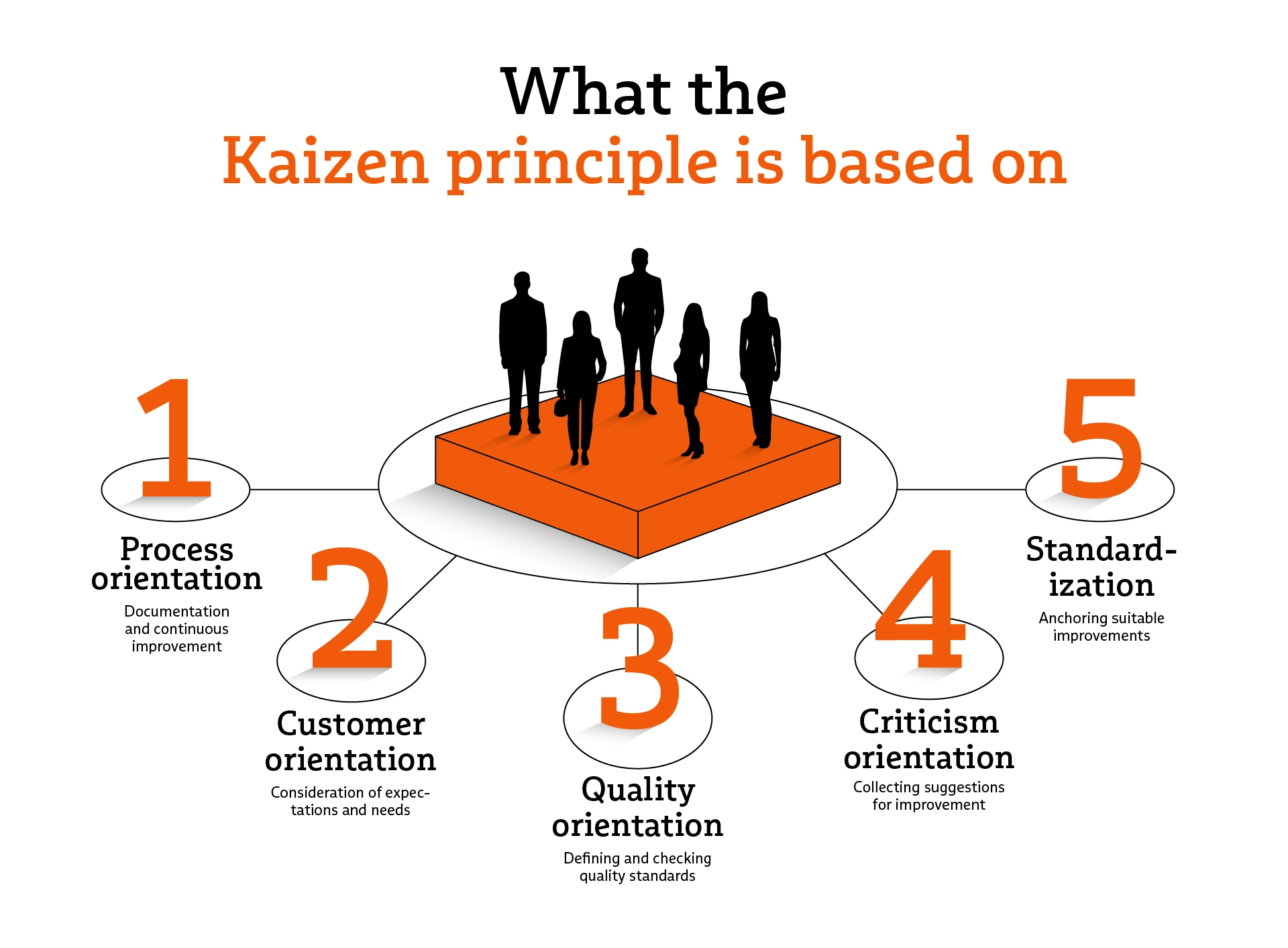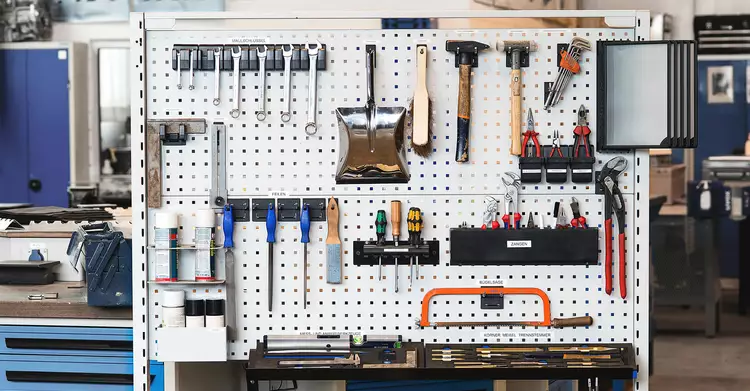In the video we come across a name: Masaaki Imai. Born in Tokyo in the 1930s, he later worked as a management consultant and labor theorist. In 1985, he founded his own institute, the Kaizen Institute Consulting Group (KICG). In 1986, he published the book “Kaizen: The Key to Japanese Competitive Success,” in which he draws attention to the Kaizen principle.
The title of the book contains the first clue as to why Imai was so intensely involved with Kaizen: the success of the Japanese. To understand the background, however, we need to start a bit earlier. The year is 1945, and with it the end of World War II. The USA has defeated Japan. The country is economically devastated. Toyota, one of the largest car manufacturers, is also in crisis and plans to lay off a quarter of its workforce. However, the new labor laws introduced by the American occupation and the formation of unions stand in the way. So in Toyota’s case, the unions negotiate a deal: employees are promised lifetime employment with the company, pay tied to length of service, and a bonus payment based on company profits. Even if this deal is of little use to the laid-off employees, it continues to shape the Japanese automotive industry to this day.
From that point on, human capital had to be profitable in the long term, which is why the skills of employees should be continuously improved and their experience utilized. Masaaki Imai also learned from this history and thus from the Americans. The Kaizen philosophy of continuous improvement was born.







Comments
No comments